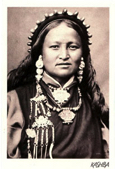Home
KASHBA Asiatica
Ais Loupatty & Ton Lankreijer
Staalstraat 6
1011 JL Amsterdam
Open 12:00 – 17:00
Zondag / Sunday 14:00 - 17:00
Contact:
31-20- 6 23 55 64
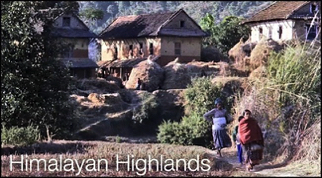
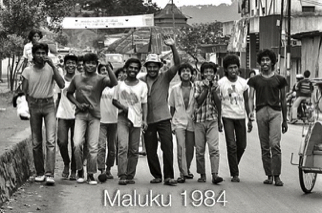
3.Maluku ’84 Indonesia.
Drie maanden reisden we in 1984 de Molukse eilandengroepen af. Van Ternate tot en met Tanimbar. Voor meer toelichting zie: Inhoud Maluku ’84.
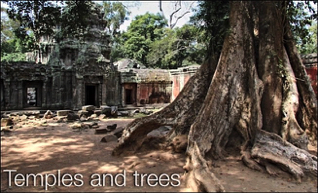
4. Temples and trees Cambodia 2013.
Behalve het indrukwekkende 12de eeuwse Angkor Wat werden er in Cambodja nog andere grote en kleine tempels gebouwd. Zie hoe de niet-aflatende natuur de stenen constructies probeert te overwoekeren.

5. Hindu temple Nepal 2013.
De beelden, rituelen, kleuren en gezangen –– dìt is hoe hindoeïsme op menige ochtend in Kathmandu wordt beleden.
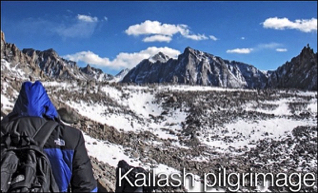
6. Kailash pilgrimage Tibet 2013.
Vele culturen en religies kennen van oudsher een mythisch middelpunt. Voor Indiërs, Nepalezen en Tibetanen is Kailash een sacrale berg bij uitstek om er een pelgrimage omheen te maken.
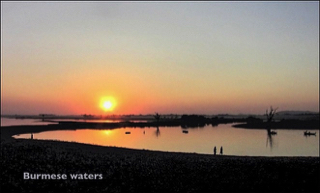
7. Burmese waters Myanmar 2012.
Over de uitstrekte Burmese binnenmeren scheren bootjes met benauwd over de rand kijkende passagiers, lijken vissers op water te kunnen lopen en reiken er wonderlijke bruggen tussen de oevers.
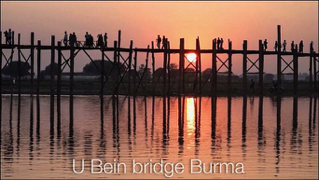
8. U bein bridge Myanmar 2012.
In de late avondzon levert de lange houten brug buiten Mandalay (Myanmar/Burma) een schitterend grafisch lichtspel op.
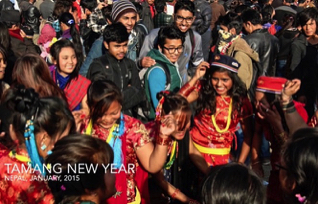
9. Tamang New Year Nepal 2015.
Nepal kent meerdere volkeren met een volstrekt eigen cultuur en taal. Eens per jaar nemen de Tamangs het centrale park in Kathmandu in bezit om hun eigen jaartelling te vieren. Ondanks social media is het nog steeds een goede
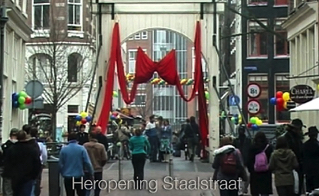
10. Heropening Staalstraat Amsterdam 19 maart 2005
Feest na de voltooide ‘herprofilering’ van de Staalstraat – en toch lijken de beelden alweer uit een andere eeuw te dateren.

11. Making marble statues Mandalay, Myanmar 2010.
Marmeren beelden worden doorgaans daar gemaakt waar de mijnen zijn. Zo ook in Myanmar. Bij het zien van deze film is het

12. Making embossed / repoussé art Nepal 2010-’15.
Een van de mooiste maar ook moeilijkste technieken is repoussé. De vorm wordt er aan de achterkant van de metalen plaat ingehamerd. Grote beelden zijn bij gevolg aanzienlijk
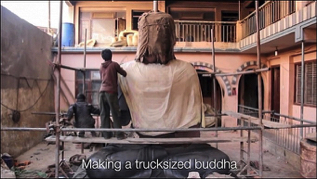
13. Making a trucksized buddha Nepal 2013.
Tibetaanse kloosters geven van oudsher veel opdrachten aan Newarese kunstenaars in Nepal. Met name grote beelden, want dat is een vanwege de proportionele verhoudingen een vak apart. Zie hier hoe
14. Making a hardstone buddha Nepal 2000. (Under construction).
Een wijk in Lalitpur bestelt voor het centrale pleintje bij een lokale steenhouwersfamilie een hardstenen boeddhabeeld.
A neighbourhood in Lalitpur orders a hardstone Buddha statue for the central square from a local stonemason family.
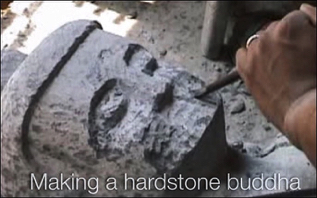
15. Carving a hardstone buddha Nepal 2005.
Steenhouwen is wellicht een van de moeilijkste kunstvormen: correctie of aanpassing is zelden mogelijk. Dit is vooral pijnlijk als er iets fout gaat in het maken van het gezicht. De daarop volgende reactie toont wellicht de echte vakman, namelijk geen.
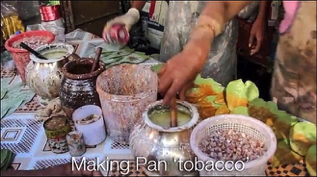
16. Making Pan tobacco Nepal 2017.
Voorheen stond voor elk groot gebouw in India en Nepal een grote kwispedoor bij de ingang waarin pan pruimers hun bloedrode straaltjes in spogen. Vreemd genoeg zit er niets roods bij de vele
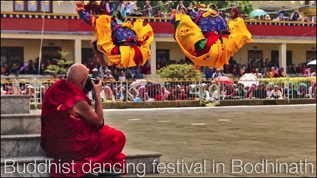
17. Buddhist monk festival Nepal 2013.
Dansende monniken. Doet denken aan het Mani Rimdu/Thindu festival. Zie ook: Tibetaanse danskostuums en maskers.
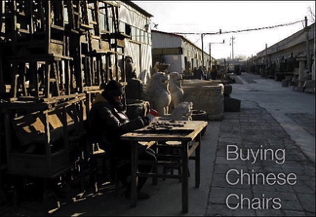
18. Importing old Chinese chairs
Ineens werden oude Chinese stoelen populair. Al was het weer snel voorbij. De hoogte strookt niet met de euro-standaard tafels. ‘Ze zijn ze daar toch kleìner?!’
What was the Kathmandu Valley the centre of for centuries? See here a photo-video of the area —- before it drastically changed in recent decades.
2. (still under construction)
In 1984 we travelled the Moluccan island groups for three months. From Ternate to Tanimbar. More information (in Dutch).
Besides the impressive 12th century Angkor Wat, other large and small temples were built in Cambodia. See how unrelenting nature tries to overgrow the stone constructions.
The statues, rituals, colours and chants -- this is how Hinduism is being practiced in Kathmandu on many a morning.
Many cultures and religions have traditionally had a mythical centre. For Indians, Nepalese and Tibetans, Kailash is a sacred mountain par excellence to make a pilgrimage around.
Boats skim the extensive Burmese inland lakes with passengers looking anxiously over the rim, fishermen seem to be able to walk on water and wondrous bridges reach between the banks.
In the late evening sun, the long wooden bridge outside Mandalay (Myanmar/Burma) offers a beautiful graphic light show.
In Nepal there are several peoples with a language and culture of their own. Once a year the Tamangs take possession of the central park in Kathmandu to celebrate their own era. Despite social media, it is still a good opportunity for boys and girls to get to know each other.
Feast after the 're-profiling' of the Staalstraat was completed – and yet the footage already seems to date from another century.
Marble sculptures are usually made where the mines are. This is also the case in Myanmar. When watching this film, it is hard to imagine that the vast majority is destined for the domestic market. On the one hand export was virtually impossible for years (that is to say, one had to deposit money in the bank of the dictatorial government) and on the other hand it is so damn heavy.
One of the most beautiful but also most difficult techniques is repoussé (embossing). The shape is hammered into the back of the metal plate. As a result, large sculptures are considerably lighter than cast ones. Image Atelier, Rabindra Shakya. Also see The Bhutan Project
Tibetan monasteries have traditionally been giving many assignments to Newari artists in Nepal. Especially large sculptures, because of the proportions this is a seperate skill. See here how the Bidyadhari brothers create a gigantic statue using the lost wax technique. The very first requirement for the buddha is that the statue will fit the kind of truck that can cross the Himalayas.
Stonemasonry is probably one of the most difficult art forms: correction or adaptation is seldom possible. This is especially painful if something goes wrong when making the face. The subsequent reaction may reveal the real craftsman, namely none.
In the past, every large building in India and Nepal had a large spittoon at the entry in which pan chewers spit blood-red squirts. Oddly enough, nothing red forms part of the many ingredients. See how one of the secret recipes is mixed on a street corner in Nepal.
Dancing monks. Reminiscent of the Mani Rimdu/Rhindu festival. See Tibetan dance costumes and masks as well.
Quite suddenly, old Chinese chairs became popular. But that didn’t last long. The height doesn't match the euro-standard tables. ‘Aren't they supposed to be smaller over there?!'
moeilijk voor te stellen dat het overgrote deel bestemd is voor de binnenlandse markt. Enerzijds was de export jarenlang nagenoeg onmogelijk (althans, men diende geld te storten in de bank van de dictatoriale overheid) en anderzijds is het zo verrekte zwaar.
lichter dan gegoten exemplaren. Image Atelier, Rabindra Shakya. Zie ook: The Bhutan Project
de Bidyadhari brothers een giga beeld maken m.b.v. de verloren was-techniek. Een allereerste vereiste voor de bestelde boeddha is dat het beeld in de laadbak past van het soort truck dat de Himalaya kan doorkruizen.
ingrediënten. Zie hier hoe een van de geheime recepten op een straathoek in Nepal in elkaar wordt gedraaid.
All photographs and texts ©Kashba Ais Loupatty & Ton Lankreijer.Webdesign:William Loupatty
